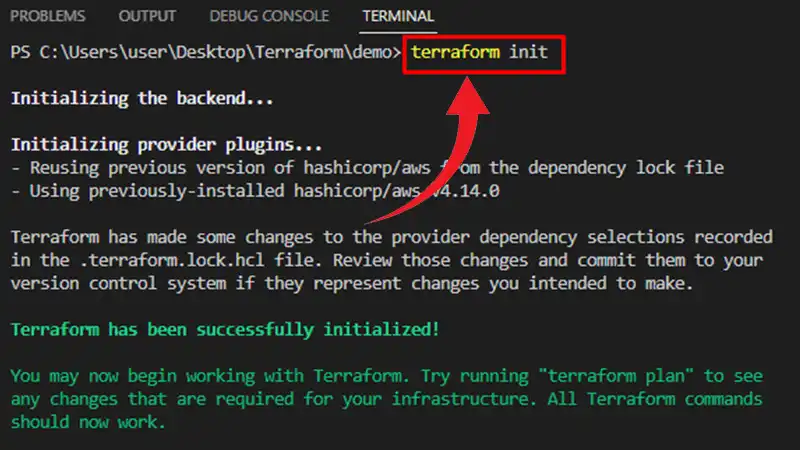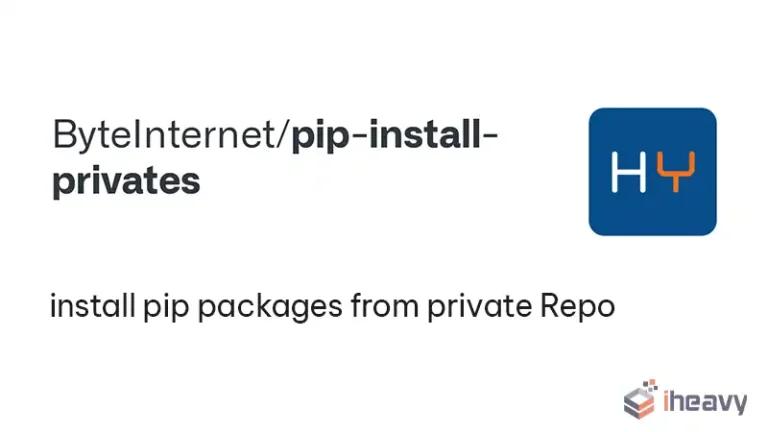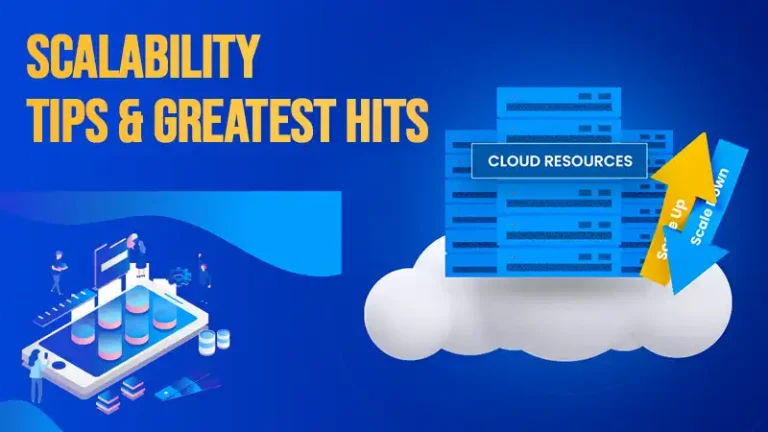What Does Terraform Init Do | Explained
Terraform init is one of the most crucial commands for provisioning infrastructure as code. Terraform init sets up your environment and performs key actions. ‘terraform init’ initializes a Terraform working directory, configuring the backend, downloading necessary plugins and modules, and preparing the environment for infrastructure provisioning.
What exactly Terraform init does and why it is so fundamental to using Terraform- these will be thoroughly be covered here.

What is Terraform Innit?
Terraform init is the first command that should be run after writing a new Terraform configuration or cloning an existing repository. It prepares the environment by initializing plugins, downloading modules, setting up the backend, and more. Proper initialization paves the way for seamlessly applying changes and modifying infrastructure.
Downloading and Installing Providers
One of the main jobs of Terraform init is to locate and install providers specified in the configuration. Providers are plugins that allow Terraform to interact with cloud platforms like AWS, Azure, GCP, and services like Kubernetes, Helm, etc.
Here is an example required providers block:
required_providers {
aws = {
source = "hashicorp/aws"
version = "~> 3.0"
}
kubernetes = {
source = "hashicorp/kubernetes"
version = ">= 2.0.1"
}
}On initialization, Terraform will search the registry for the required versions and download the provider binaries. This makes them available for use during plan, apply and destroy.
Initializing and Configuring the Backend
An important task of terraform init is to initialize and configure the remote backend defined in the terraform block. The backend is where Terraform will store the state file, which keeps track of infrastructure.
For example, to use an S3 bucket as the backend:
terraform {
backend "s3" {
bucket = "mybucket"
key = "path/to/my/key"
region = "us-east-1"
}
}Terraform will validate the configuration, create the bucket if needed, and configure the credentials required to access the state file.
Downloading and Setting up Modules
Terraform modules allow you to reuse and share configurations. terraform init will recognize modules referenced in the code and download them from their source for use.
For example:
module "vpc" {
source = "terraform-aws-modules/vpc/aws"
version = "3.7.0"
}This downloads the referenced VPC module from the Terraform registry. Local file paths can also be specified as sources.
Creating Initialization Artifacts
An important outcome of terraform init is creating the hidden .terraform directory. This contains downloaded provider plugins, modules, and other artifacts used by Terraform for managing infrastructure.
It also generates a .terraform.lock.hcl lock file that locks in the specific provider versions used. This ensures consistency across your team and environments.
Upgrading Providers and Modules
When new versions of providers or modules are released, terraform init can upgrade them in a workspace with the -upgrade flag:
terraform init -upgrade
This fetches the latest acceptable versions based on version constraints. By default, it will use the versions specified in the lock file.
Reconfiguring the Backend
Terraform init allows you to reconfigure your backend if needed with the -reconfigure flag. This discards any previously saved configuration and reinitializes the backend from your terraform block.
For example:
terraform init -reconfigure
This is useful when you need to point your Terraform state file to a new remote backend or make major changes to backend authentication.
Migrating State Files
When reconfiguring your backend, terraform init can also migrate an existing state file to the new backend using the -migrate-state flag:
terraform init -migrate-state
This allows seamlessly moving your state data to a new backend without data loss. The state file is locked during migration to prevent concurrent modifications.
These additional capabilities demonstrate how Terraform init enables backend management and state data portability across storage solutions as infrastructure needs evolve.
FAQs – Frequently Asked Questions and Answers
- Does Terraform need to initialize every time it runs?
Answer: No, but it’s recommended to re-initialize after making changes to modules, providers, or backend.
- What does the .terraform directory contain?
Answer: It contains temporary files like plugins, modules, and artifacts used by Terraform to manage infrastructure.
- Can the .terraform directory be deleted??
Answer: No, this directory is managed by Terraform and should not be deleted or modified manually.
To Conclude
By understanding what Terraform init does under the hood, you can build robust Terraform workflows. Re-run initialization whenever making changes to guarantee proper environment setup. Mastering this command provides immense value on your journey to infrastructure automation.






